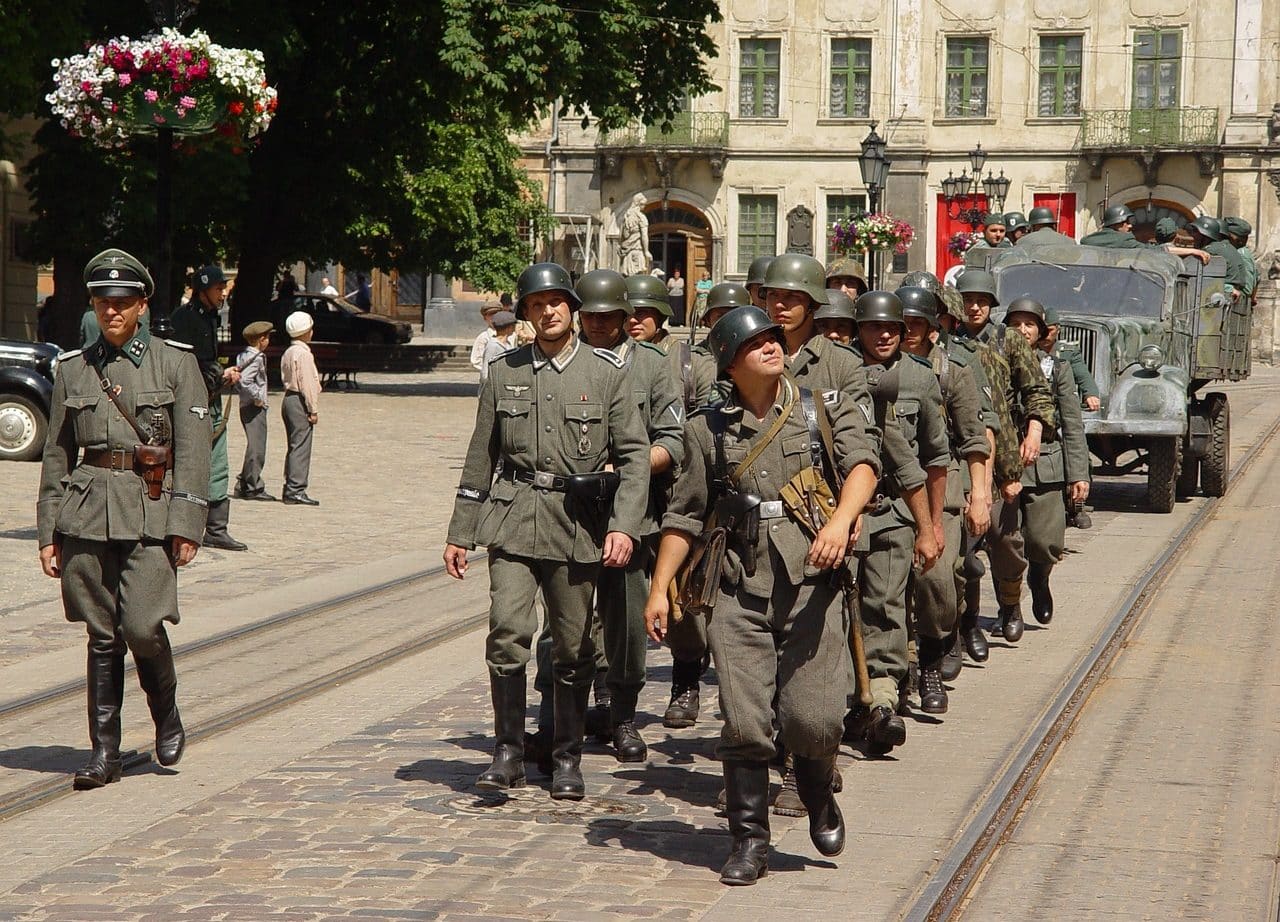
Militarism was one of the characteristics of fascism.
Fascism is a political and social movement that was born in Italy by Benito Mussolini after the end of the First World War . It is a totalitarian and nationalist movement, whose doctrine (and similar ones that were developed in other countries ) is called fascist .
From 1922 to 1943 was when the aforementioned Italian dictator served as prime minister of his country. In '43 he was deposed and later imprisoned, although he was in prison for a very short time as he received help from Nazi Germany to escape from that place. However, two years later, in 1945 , he would finally die after being executed.
The March on Rome
The March on Rome is considered to have marked the beginning of the fascist regime. It was promoted by Mussolini himself, leader of the National Fascist Party .
This demonstration took place from October 27 to 29, 1922 with the objective of seizing power. In this way, the black shirts (as the members of the fascist militia were known) headed to the capital with weapons and threatening to unleash a civil war. Finally, on October 30, Mussolini formed his own government and began the dictatorship of fascism, establishing the end of Italy's parliamentary system.
Characteristics of fascism
Fascism was proposed as a third way before liberal democracies (such as the United States) and socialism (the Union of Soviet Socialist Republics ). In addition to Mussolini 's regime in Italy (Italian fascism), Adolf Hitler 's Germany and Francisco Franco 's Spain (with fascist parties such as the Spanish Falange ) are classified as fascist.
Fascism is based on an all-powerful State that claims to embody the spirit of the people . The population should not, therefore, look for anything outside the State , which is in the hands of a single party. The fascist state exercises its authority through violence , repression and propaganda (including manipulation of the educational system).
The fascist leader is a leader who appears above common men. Mussolini called himself Il Duce , which derives from the Latin Dux (" General" ). These are messianic and authoritarian leaderships , with power that is exercised unilaterally and without any type of consultation and that promote the cult of the personality of the boss.
Mussolini carried out an autocracy since power fell precisely on his person. He governed the country, in fact, under the policy of a single party (the fascist).
It is interesting to mention that a symbol of fascism is the Roman salute , which consists of extending the arm straight with the palm of the hand facing downwards.

Fascism resorted to censorship to silence criticism.
Legalization of hate and discrimination
In addition to all this, we must highlight the fact that fascism in Italy led to the development and promulgation of what were called racial laws . These were a compendium of measures of discrimination and persecution towards all those people who were or were in relation to Italian Jews.
This legislation gave rise not only to the talk of a "pure" Italian race but also to the opening of concentration camps where Jews were held, subjected to forced labor, targets of all types of torture and abuse, and even some of them were killed.
Fascism and Nazism
In Germany , fascism is associated with Nazism . This movement had a strong racial component, which promulgated the superiority of the Aryan race and sought the extermination of other communities, such as Jews, gypsies and blacks.
In this sense, it must be emphasized that Nazism propagated in 1935 the well-known Nuremberg Laws through which Jews were not only deprived of their rights as citizens but were also forced to carry identification as such and avoid interacting with others. the so-called Aryans. But that was only the starting point of an indiscriminate and atrocious persecution against those citizens who were victims of torture and murder by what was known as the SS , the Nazi police. The genocide perpetrated by Nazism is known as the Holocaust .
It should be noted, on the other hand, that neo-fascism and neo-Nazism repeat attitudes of the original movements ( totalitarianism , anti-Semitism, xenophobia , racism ), while denying or minimizing the crimes committed by these groups throughout the 20th century .

Fascism is usually associated with anti-communism.
Second World War
These common points between fascist Italy and Nazi Germany would be reflected in World War II , when both nations together with imperial Japan formed the Rome-Berlin-Tokyo Axis (also known as the Axis Powers ). This group faced the Allies (led by the Soviet Union , the United Kingdom and the United States ).
It should be noted that the agreement between fascism and Nazism was made official on May 22, 1939 with the signing of the Pact of Steel . Through this agreement, they established the bases of mutual support in the event of a war conflict.
